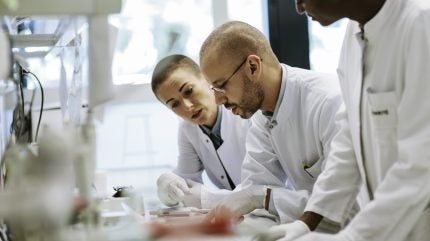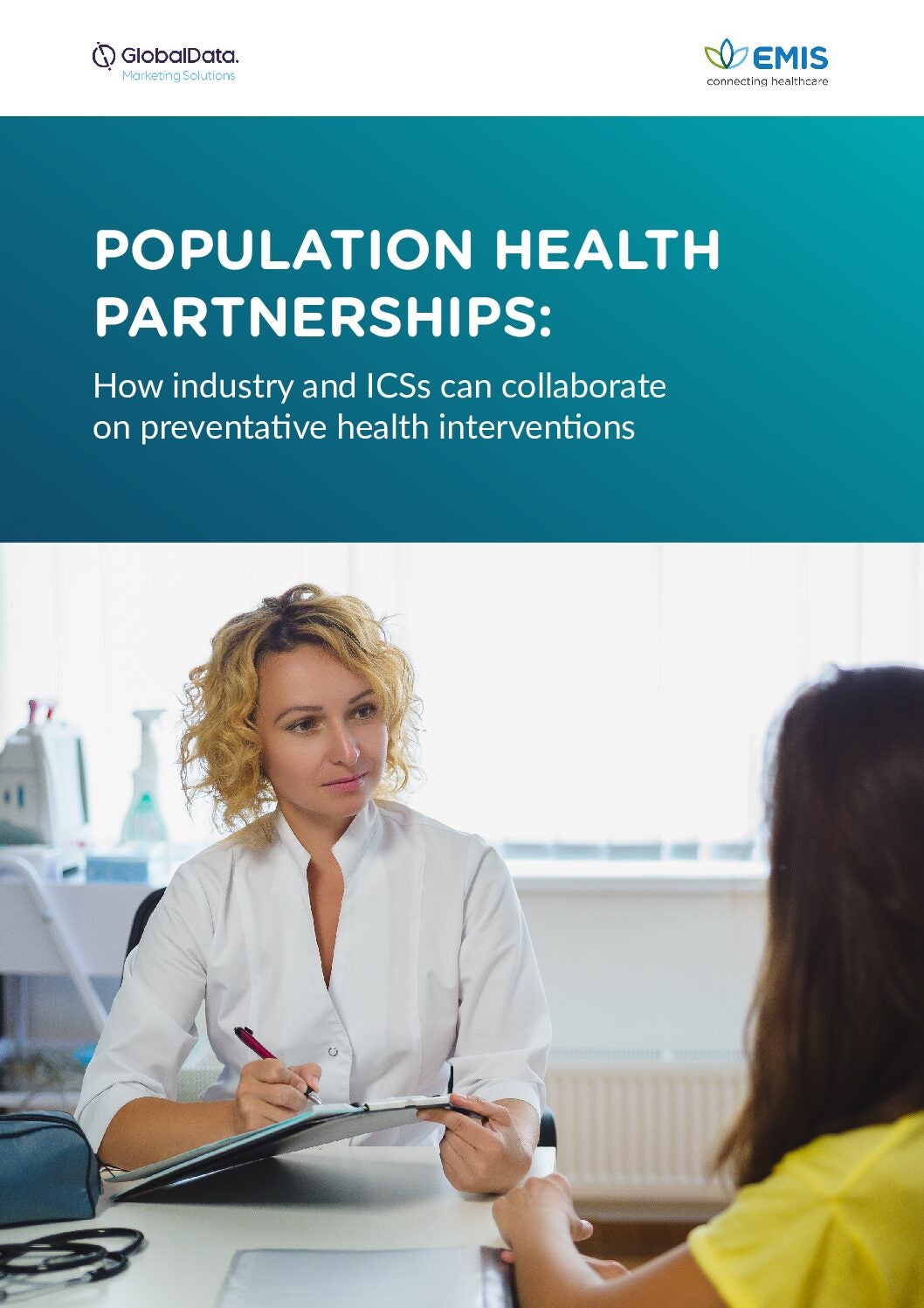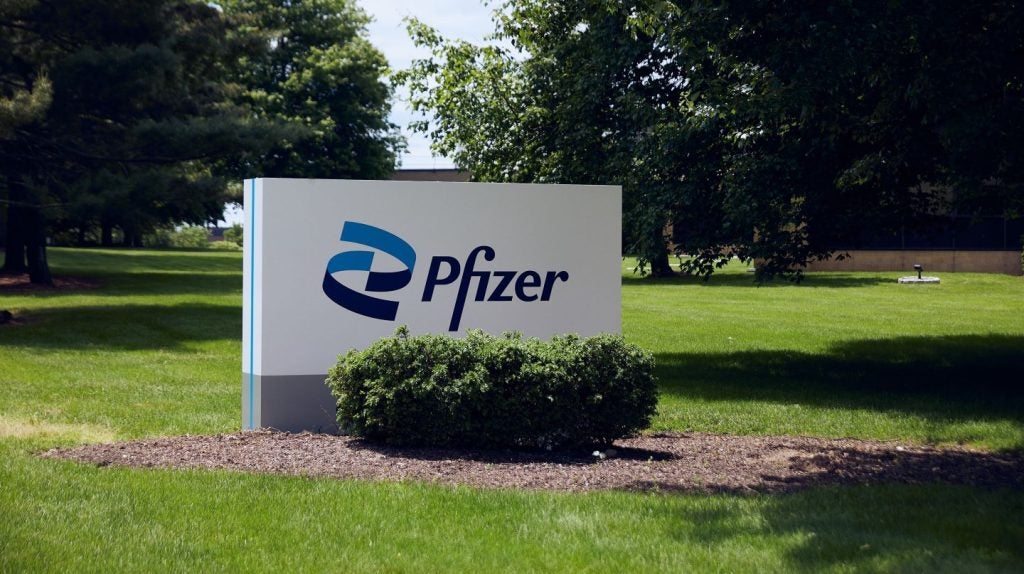
Pharmacovigilance uses science and action to detect, assess, understand and prevent adverse events (AEs) or other issues relating to medicines or vaccines. It is, therefore, a vital component in ensuring the safety and efficacy of pharmaceutical products, all of which undergo extensive testing via clinical trials.
With advancing technology comes a new age of drug discovery. “The pharmaceutical market is flooded with high volumes of new and more complex drugs, creating an urgent need for proactive pharmacovigilance,” Elizabeth Smalley, director of Product Management, Data and Analytics at ArisGlobal, tells Pharmaceutical Technology.
How well do you really know your competitors?
Access the most comprehensive Company Profiles on the market, powered by GlobalData. Save hours of research. Gain competitive edge.

Thank you!
Your download email will arrive shortly
Not ready to buy yet? Download a free sample
We are confident about the unique quality of our Company Profiles. However, we want you to make the most beneficial decision for your business, so we offer a free sample that you can download by submitting the below form
By GlobalDataUndesired side effects or AEs require reporting as a necessity to ensure patient safety and develop industry understanding. However, traditional signal detection often relies on passive reporting systems, taking large amounts of work and time to uncover signals effectively.
Minimal data and delays in accessing insights from the traditional signal detection approach have prompted the emergence of proactive signal detection. Unlike its traditional reactive counterpart, which investigates safety signals once identified, proactive signal detection actively monitors data for potential safety signals.
The contemporary upgrade can change the AE reporting process by utilising real-world data to identify potential signals with increased accuracy and efficiency. Using technology, proactive signal detection has the potential to revolutionise AE surveillance, benefiting patients, clinicians, pharma, and regulators.
Failings of traditional signal detection
“The status quo of signal detection today looks at spontaneous reported events. As a single data source, this process is flawed,” says Smalley. “While necessary, [individual case report data] doesn’t lend itself to uncovering subtle increases in the likelihood of events because it’s not very sensitive,”Smalley adds.
Underreporting AEs is a common challenge in all reporting systems, the World Health Organization (WHO) states. To bolster reporting, the WHO set up a programme for international drug monitoring (PIDM), which supports its members with detecting and analysing the side effects of medicines and submitting individual case safety reports (ICSR) to its global database. As of September 2023, the programme comprised 155 country members and 22 associate country members. Despite WHO’s advocacy for reporting and its widespread adoption, ICSR is criticised as a reporting method, prompting calls for proactive signal detection.
To begin with, Smalley says, ICSR data lacks details. For instance, it fails to include information on why an AE happened, if the AE happened to the patient previously or if the patient is taking another drug that could have caused the AE. Without those details, pharmacovigilance teams have a more challenging time drawing definitive conclusions about patient reactions to certain treatments.
A detected safety signal does not immediately indicate that a drug has prompted the reported adverse event. The European Medicines Agency says adding another medicine or medical condition could also be the reason. An assessment will then ascertain whether cause and effect are present between a drug and the reported adverse event.
“ICSRs are also inherently delayed,” Smalley notes. Pharmacovigilance teams only gain visibility once patients or healthcare professionals report an AE and not all AEs are reported. “Reliance on reported AEs alone results in noisy data that can lead to false conclusions and time wasted for pharmacovigilance teams,” Smalley notes.
Additionally, traditional signal detection methods take longer to find ICSR data patterns, resulting in more risk and patients at risk of experiencing AEs.
Enter proactive signal detection. Hypothesis-free proactive signal detection leverages real-world data and advanced analytics to help pharmacovigilance teams predict AEs and negative reactions before they happen. Real-world data allows for quicker signal detection and lowers false positives, signalling improvements in patient safety and saving pharmaceutical manufacturers time and resources.
A proactive approach to signal detection involves various causal feature analyses, clustering, anomaly detection, and sensitive feature analysis. “Pharmacovigilance teams cut through signal noise and identify potential signals by considering time to onset, disproportionality, frequency trend, and drug-event combinations (DECs),” Smalley details.
Valuable data, borne from proactive signal detection, adds context to signals found in reported AE datasets and allows for faster detection. “Real-world data, including claims data and electronic health records, moves pharmacovigilance teams closer to the patient by reflecting the real-world experiences of patients using a drug,” Smalley shares.
Putting patients first
“The status quo today is very reactive,” Smalley notes. However, pharmacovigilance teams embracing proactive signal detection recognise signals fast and reduce false positives, streamlining the safety signal and analytics process and establishing themselves as industry leaders. “Early detection of AEs facilitates timely intervention, reducing patient harm and potential litigation risks,” says Smalley.
“The amount and complexity of real-world data pose a challenge to adopting proactive approaches,” says Smalley. Pharmacovigilance teams must effectively and efficiently manage and analyse trillions of data points in heterogeneous formats from various sources to understand the underlying signals and safety implications. “Implementing interoperable systems and data analysis tools is critical to pharmacovigilance success, but many organisations face roadblocks to adopting these technologies,” Smalley confirms.
Natural language processing models and locality-sensitive neural embedding can improve signal detection from clinical notes, a 2022 research study reported. Increasing AE signal recovery from the available information, can amount to around a 50% increase over a baseline, a fixed reference point used to compare results.
Progression in reporting AEs is not all down to technology, however. Patient reports of AEs are instrumental in progressing understanding and qualitatively providing insights in a way data cannot.
In recent years, and following the legislative recognition of the role of patients in reporting through the European Union (EU) pharmacovigilance legislation in 2012, now called “patient centricity in pharmacovigilance”, the study recognises that “patient reports of ADRs have contributed enormously to pharmacovigilance signal detection”.
Life sciences organisations working towards improving patient safety present a positive outlet, and patients can feel confident there is less risk connected to AEs. By lowering false positives, proactive signal detection can improve the efficiency of pharmacovigilance teams, allowing them to focus on signals that genuinely require attention. The accompanying efficiency means cost savings and better resource allocation for drug development and enhanced therapies. “Real-world data also allows organisations to uncover correlations between drugs and benefits, opening the door to drug repurposing,” Smalley adds.








